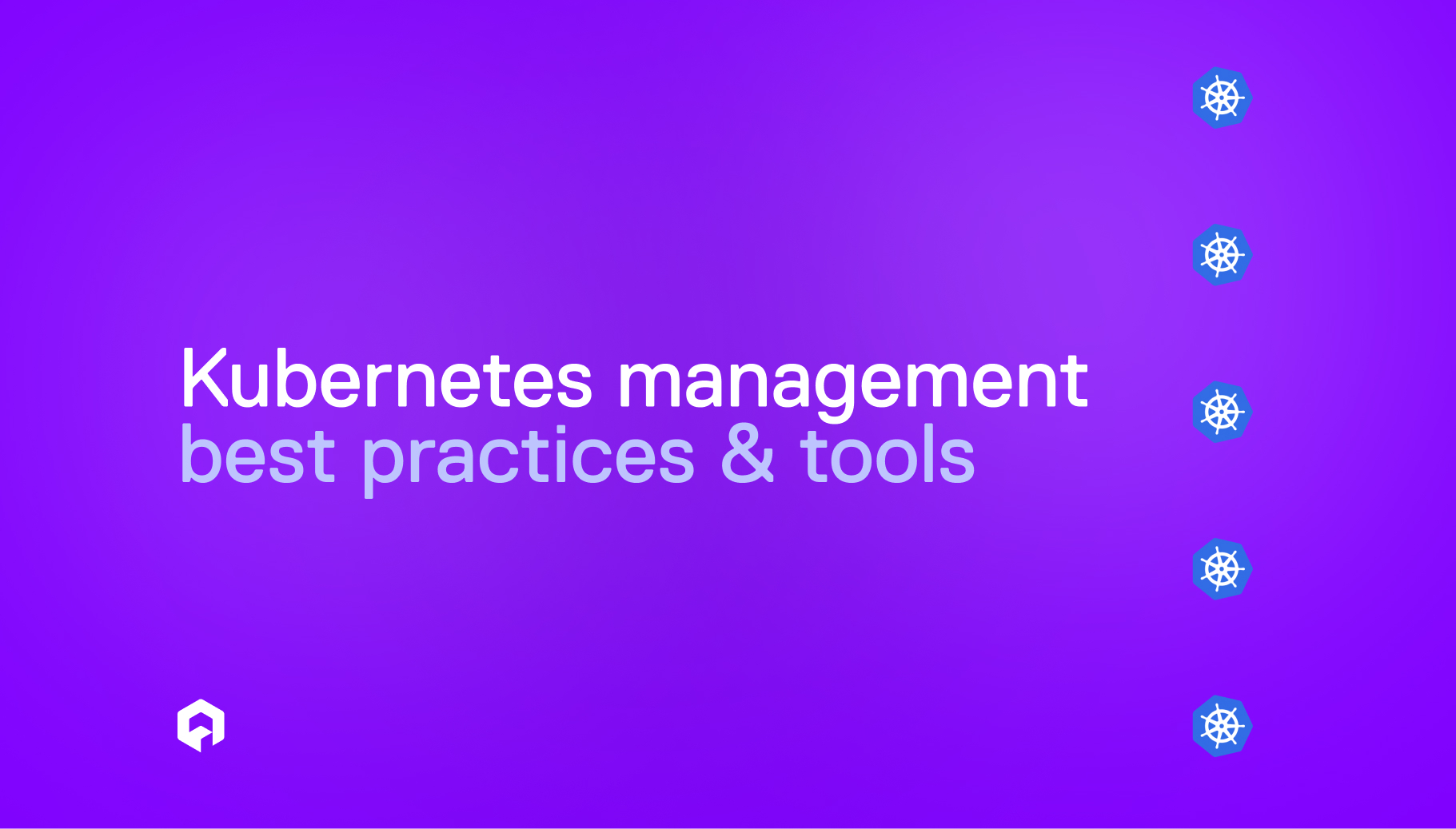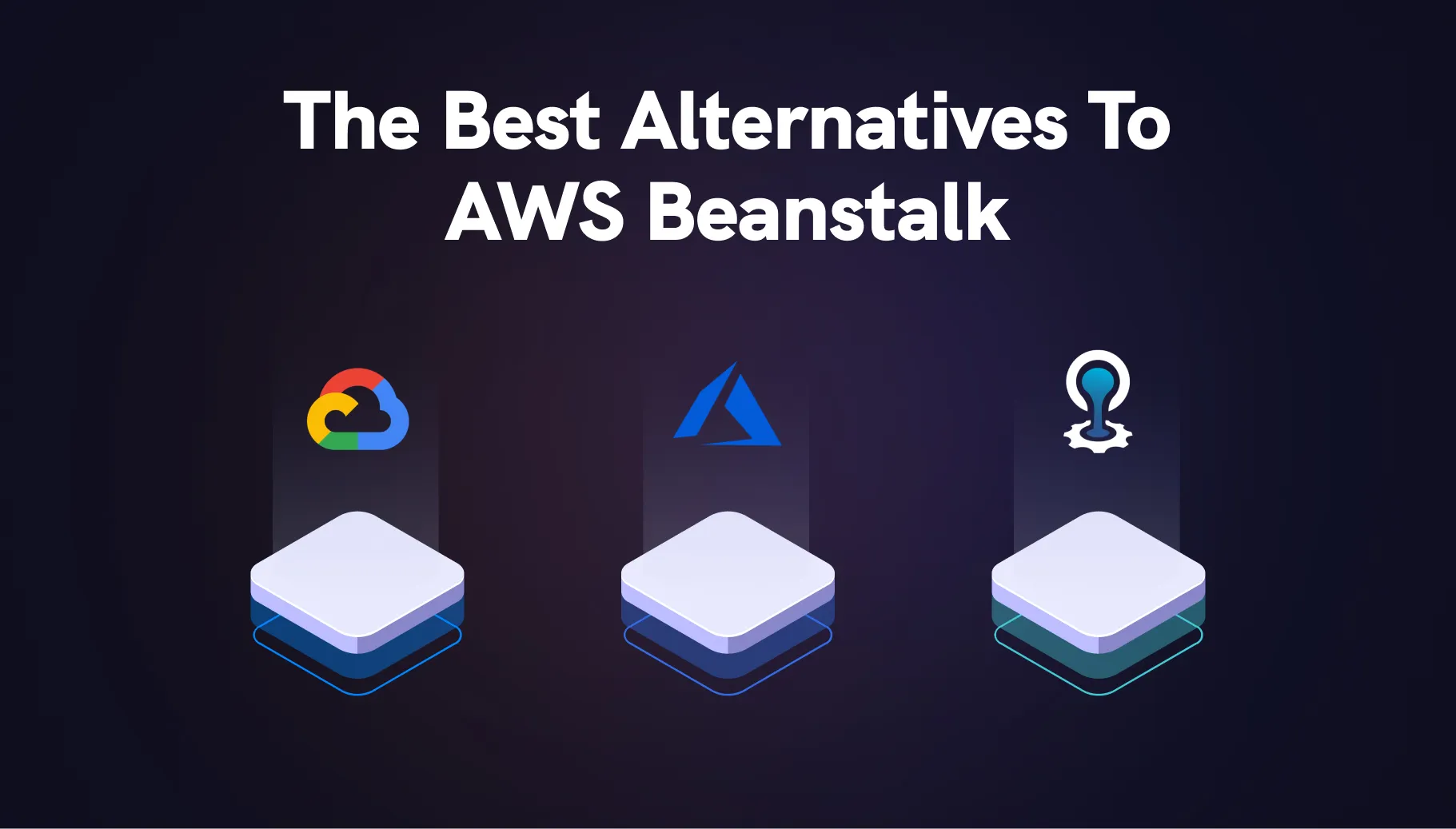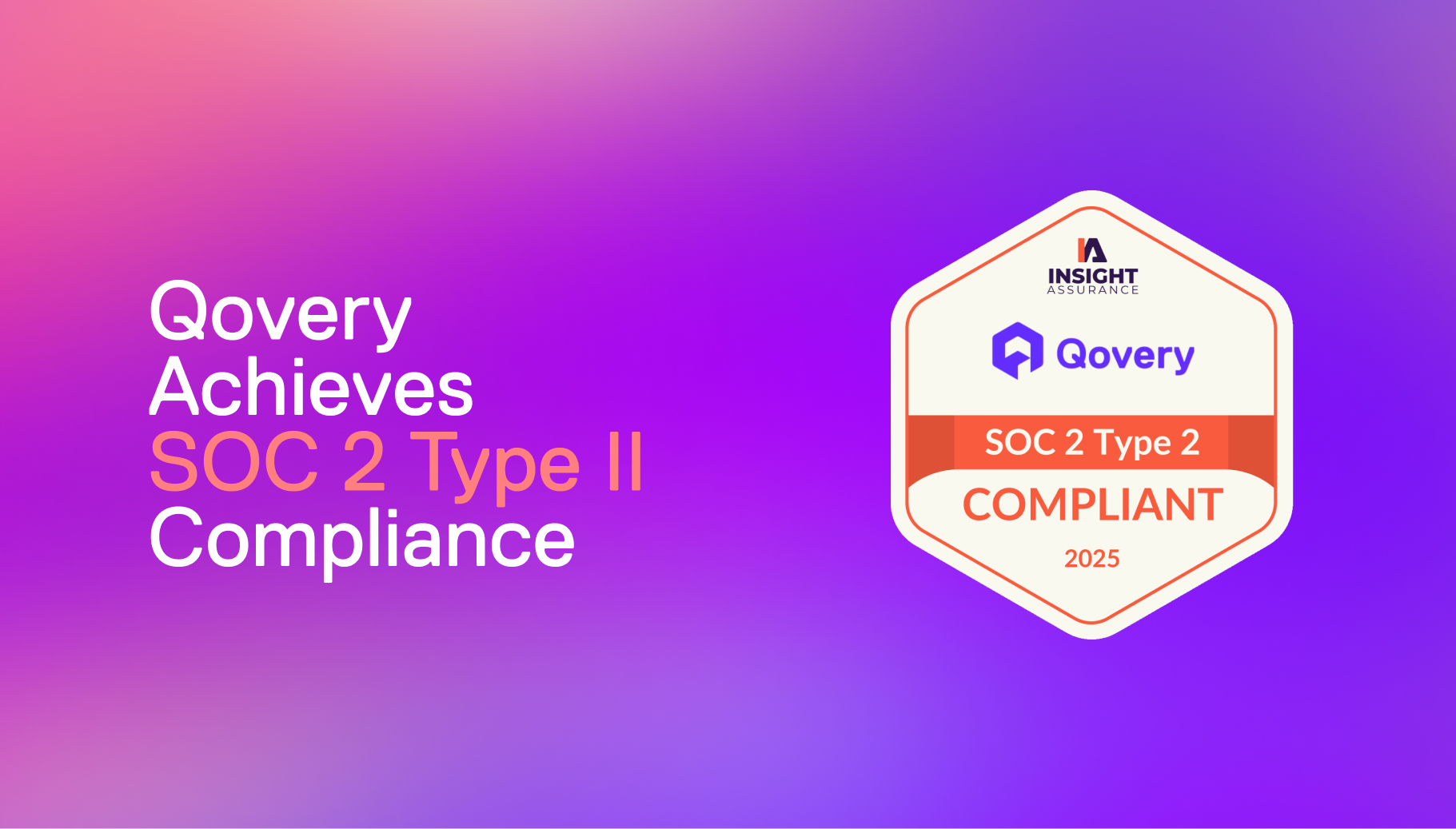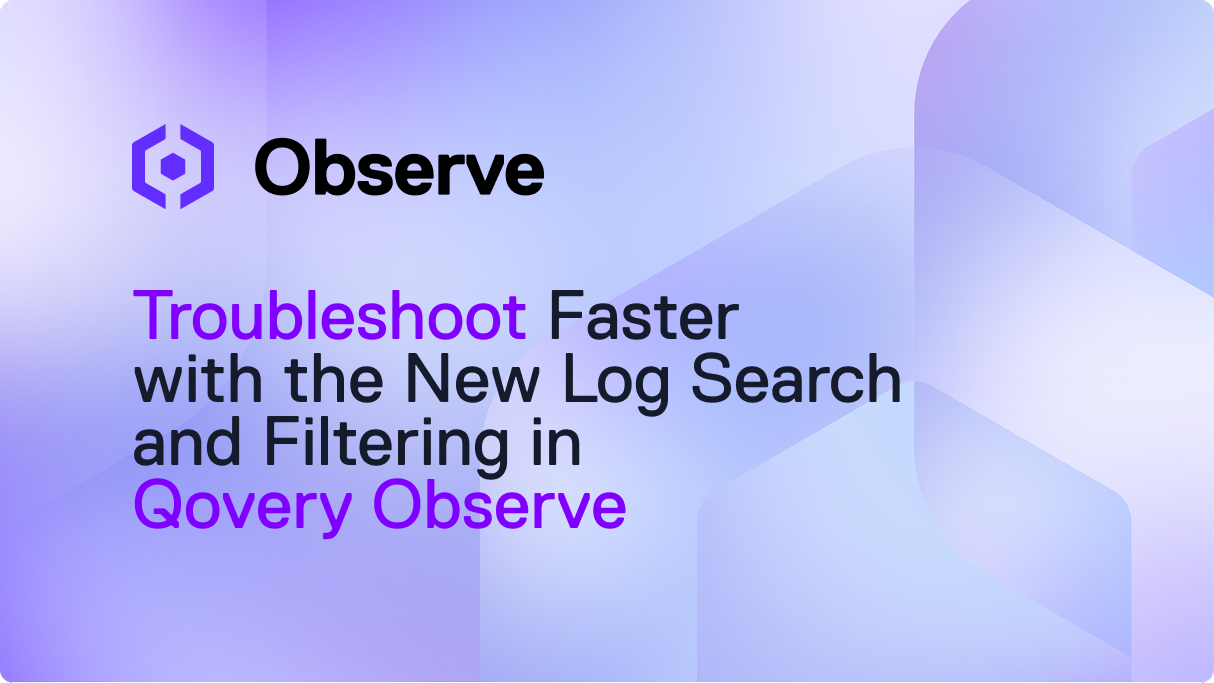

Kubernetes Cloud Migration Strategy: Master the Shift, Skip the Disaster

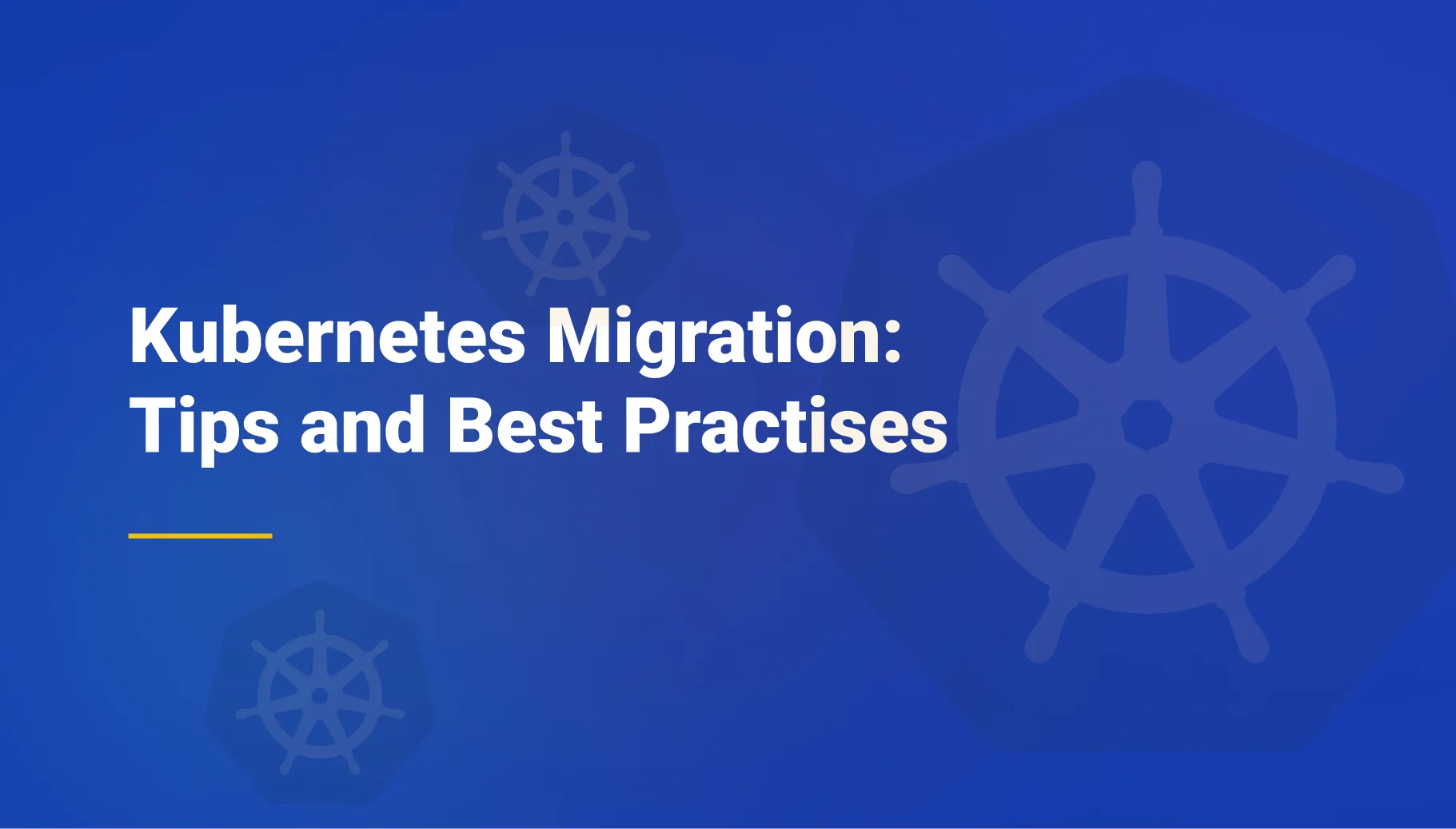

Key Points:
- The success of a Kubernetes migration hinges on meticulous upfront planning, including assessing legacy systems, setting clear goals (cost reduction, scalability), and proactively identifying risks related to data bottlenecks, security compliance (HIPAA/GDPR), and application dependencies.
- The best strategy involves minimizing risk through a phased approach (starting with less critical apps), leveraging DevOps automation tools like Qovery to eliminate manual errors and speed up deployments, and dedicating resources to team training and robust rollback plans.
- Tools like Qovery directly address common migration pitfalls by offering AI-powered assistance to generate configurations, automating infrastructure setup and scaling, and providing guaranteed compliance (SOC 2, HIPAA) and seamless CI/CD integration for a fast, efficient, and secure transition.
Kubernetes promises unmatched scalability and resilience for your applications, but getting there often feels like a high-risk journey. Don't let the technical complexities of migration stall your progress.
This article breaks down proven strategies, from precise dependency mapping to smart automation, to ensure your move to Kubernetes is smooth, secure, and successful.
Planning and Strategy for Kubernetes Migration
Many organizations underrate the importance of planning and they just start doing the migration, which can result in unexpected issues. Below are some of the core aspects of planning that should be analyzed before you start the migration.
1. Assess Infrastructure and Dependencies
Begin by thoroughly evaluating your current infrastructure, applications, and dependencies. This step is crucial to understanding what needs to be migrated and how it should be reconfigured for Kubernetes. Consider elements such as:
- Legacy systems requiring updates or replacement.
- Dependencies on specific hardware or software.
- Current deployment pipelines and CI/CD integrations.
- Resource requirements and current performance metrics.
2. Set Clear Migration Goals
Identify the primary objectives of your Kubernetes migration. These goals will guide your entire strategy and help you measure success. Common goals include:
- Cost Reduction: Take advantage of Kubernetes' efficient resource management to cut down on operational costs.
- Scalability: Utilize Kubernetes' autoscaling features to handle varying workloads seamlessly.
- Improved Resilience: Increase application availability and fault tolerance using Kubernetes' self-healing capabilities.
- Enhanced Cloud Features: Take advantage of cloud-native features and managed services provided by Kubernetes platforms.
3. Identify Challenges and Mitigate Risks
Understand the potential challenges and plan to mitigate risks associated with the migration. Common issues might include:
- Data Migration Bottlenecks: Ensure smooth data transfers with minimal disruption. Consider solutions like data replication and incremental migration strategies.
- Downtime Risks: Develop a robust rollback plan and perform migration during low-traffic periods to minimize impact.
- Application Rewrites: Be prepared for necessary application changes to comply with the new environment. This includes containerizing applications, refactoring code, and updating configurations.
- Security Concerns: Address any security vulnerabilities that may arise during the migration process. Ensure compliance with best practices for securing containers and cluster environments.
Technical Complexities During Migration
Compile a list of all possible complexities during the migration. You should be prepared for any unexpected challenges. Below list will help you combat these challenges.
1. Data Migration Issues
Migrating data from legacy systems to Kubernetes requires meticulous planning to prevent potential disruptions or loss. Challenges can arise from the sheer size of datasets, compatibility issues, and network bottlenecks.
- Large datasets risk extended downtime or data loss without a well-planned migration strategy.
- Data integrity and consistency issues may surface, especially with real-time applications.
- Network speed and bandwidth impact data transfer, which can cause delays or failures if not accounted for.
2. Application Dependencies
Legacy systems often have complex dependencies that can complicate Kubernetes migrations. Lack of clarity around these interdependencies can lead to breakdowns post-migration, which can result in application downtime.
- Applications relying on legacy libraries or databases may not transition smoothly.
- Misconfiguration can occur if dependencies between microservices aren't properly mapped out before migration.
- Cross-service compatibility issues can impact application performance and availability post-migration.
3. Security and Compliance
Maintaining a secure and compliant environment during migration is critical, especially for organizations in regulated sectors like healthcare and finance. Protecting sensitive data (like PII) while ensuring compliance adds layers of complexity.
- Data exposure risks increase as workloads are transferred across environments.
- Encryption methods must be checked to ensure they meet industry compliance standards, like HIPAA or GDPR.
- Temporary environments used for migration testing may unintentionally become security risks if left unmanaged.
Top 5 Tips for a Successful Kubernetes Migration
1. Start with a Phased Approach
Diving straight into a full migration can overwhelm teams and introduce risks. Starting small allows you to identify and resolve challenges on a manageable scale.
- Begin with less critical applications to test and refine your approach.
- Evaluate the migration outcomes and adjust strategies before scaling up to core services.
- Gradually build team familiarity with Kubernetes complexities and best practices.
2. Leverage Multi-Cloud for Flexibility
A multi-cloud strategy provides added resilience and helps avoid reliance on a single cloud provider. This approach means you don’t have to worry about being locked into a single vendor.
- Using multiple providers allows teams to take advantage of the strengths of each cloud service.
- It allows flexibility to migrate workloads based on cost-effectiveness, performance, or specific service benefits.
- Ensures that if a primary cloud provider faces an issue, your applications can continue running on alternative clouds.
3. Use Automation Tools
Automating as much of the migration process as possible helps to minimize manual errors and streamline infrastructure setup.
- Tools like Qovery enable automated deployment of Kubernetes clusters, which reduces the potential for human error. Not only that, Qovery also supports multi-cloud Kubernetes deployments.
- Automated workflows improve repeatability and consistency, which is ritical for larger migrations.
- Predefined templates for infrastructure setups reduce the time needed to prepare environments.
For example, RxVantage successfully transitioned to Kubernetes using Qovery’s automation tools.
Kyle Flavin, Director of DevOps at RxVantage, noted:
“We can just deploy the whole thing with one job. I never used to get the deployments done in under two hours, and now I can do them in 30 minutes.”
4. Don’t Underestimate the Learning Curve
Kubernetes has a steep learning curve, and unprepared teams can easily make costly mistakes during migration.
- Invest in training and certification programs to familiarize your team with Kubernetes architecture and management.
- Allocate time for hands-on practice with non-production environments to deepen understanding.
- Encourage team members to learn about Kubernetes-native concepts, like pod management and scaling, to avoid misconfigurations.
5. Develop a Rollback Plan
Even with careful planning, things can go wrong. Having a rollback plan enables you to restore your system to its original state with minimal disruption.
- Run rollback tests in staging environments to validate each step in advance.
- Keep Kubernetes manifests and Helm charts versioned for quick access to previous configurations.
- Schedule backups for key data and resources, especially for stateful apps, to allow fast restoration if needed.
- Define precise triggers (like performance drops or high error rates) to decide when to initiate a rollback.
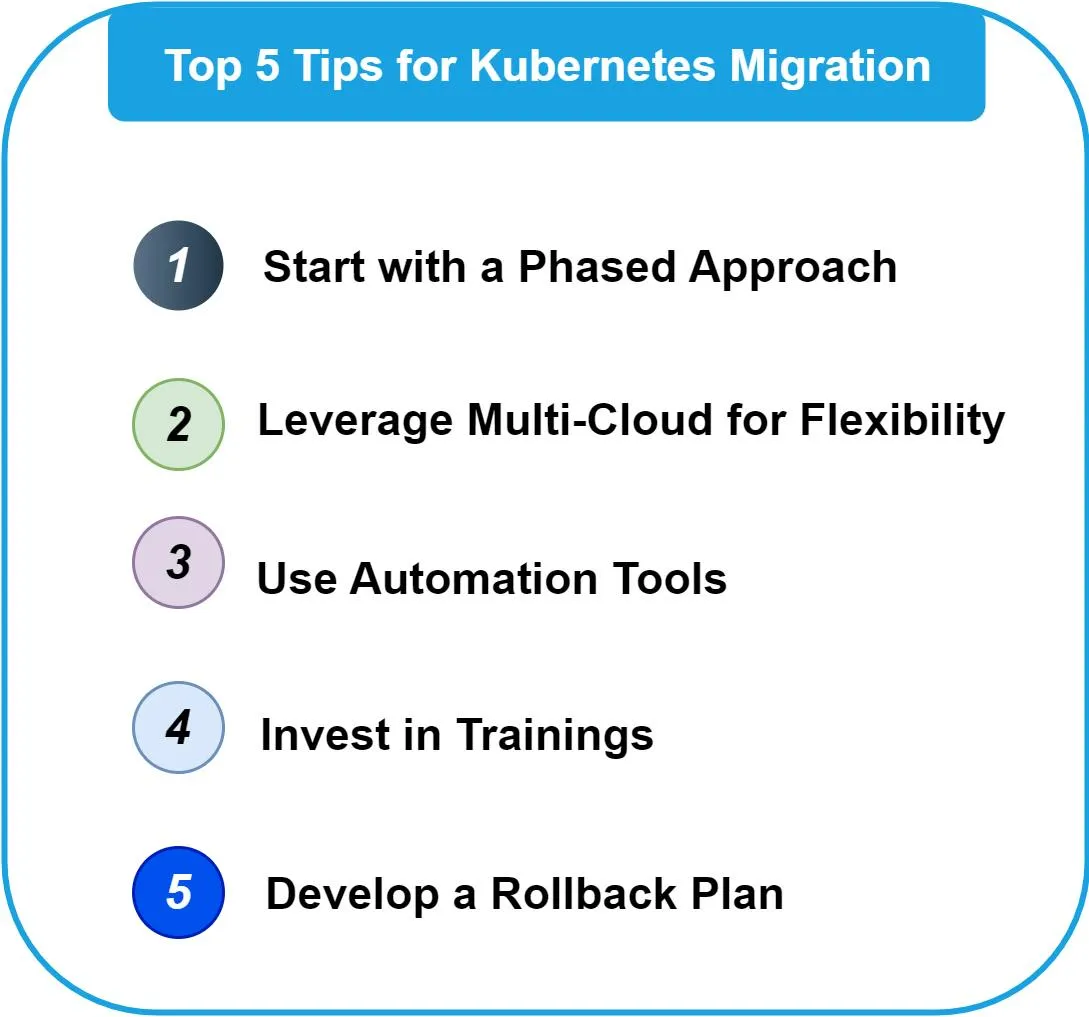
Five Common Mistakes in Kubernetes Migration
Here are some of the most common mistakes during migration to Kubernetes.
1. Underestimating Complexity
Ignoring dependency mapping, overlooking environment configuration differences, and underestimating data migration logistics often lead to unexpected issues during migration.
2. Poor Resource Management
Issues like over-provisioning, under-provisioning, and lack of autoscaling policies can lead to performance degradation and increased costs.
3. Neglecting Rollback Plans
Skipping rollback criteria, failing to test rollback workflows, and lacking regular snapshot backups can result in extended downtime if issues arise.
4. Not Testing Thoroughly
Insufficient load testing, inadequate production-like environment testing, and missing failure scenario tests may lead to unforeseen production issues.
5. Security Vulnerabilities
Overlooking secure service communication, neglecting compliance standards (e.g., HIPAA), and misconfigured role-based access controls can expose the organization to security risks.
How Does Qovery Help in Kubernetes Transition?
With all the challenges and complexities we discussed above, you must be wondering how does Qovery help with your Kuberentes migration. Let’s see how:
- Automated Infrastructure Management
With Qovery, infrastructure setup and management for Kubernetes clusters are fully automated. This creates a consistent and efficient environment without requiring manual intervention. - Seamless CI/CD Integration
Qovery integrates with existing CI/CD pipelines to automate deployments and streamline the transition to Kubernetes environments within your DevOps workflows. - Intelligent Scaling and Load Balancing
Autoscaling and load balancing configurations are managed automatically by Qovery to ensure your applications can handle varying workloads efficiently both during and after migration. - Robust Security and Compliance
Qovery is SOC 2 and HIPAA compliant, which ensures that your applications and data meet industry-standard security requirements throughout the migration process. - AI-Powered Migration Assistance
Qovery’s AI Migration Assistant streamlines migration by analyzing your current setup and automatically generating configurations, which reduces manual work and minimizes potential errors.
Conclusion
Migrating to Kubernetes doesn't have to be a daunting, months-long undertaking. By strategically addressing the key challenges: adopting a phased approach, investing in focused training, and leveraging powerful automation, you can drastically minimize risk and maximize efficiency. A successful migration optimizes both performance and scalability, fundamentally improving your workflow.
Ready to see how fast your team can transition?
Discover how Qovery can simplify your Kubernetes migration and deployment process. Schedule a Demo Today!

Suggested articles
.webp)



.svg)
.svg)
.svg)



